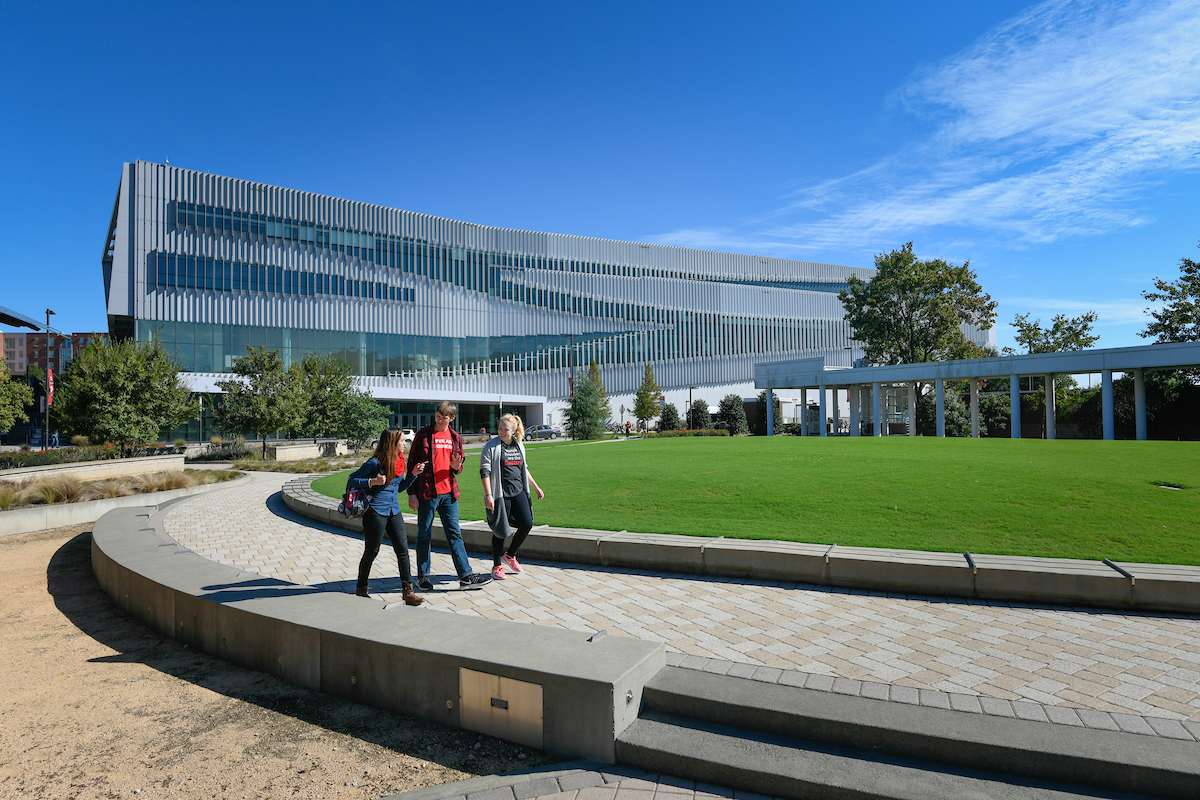
Institutional Strategy and Analysis
Institutional Strategy and Analysis is NC State’s central office and authoritative source for institutional reporting and analytics.
Welcome
As NC State’s central office and authoritative source for institutional reporting and analytics, Institutional Strategy and Analysis (ISA) supports the university’s strategic decisions, planning activities, operations, evaluation efforts, and accountability by providing consistent, reliable information and analysis to university leaders, administrators, faculty and staff, students, external stakeholders, and the public.
In carrying out its mission, ISA:
- Collects, analyzes, interprets, models, and reports information about NC State
- Manages institutional strategic planning, including implementation planning and metrics for the university strategic plan
- Provides leadership in governance and strategy with respect to the university’s academic and administrative data
- Administers, analyzes, supports, and oversees institutional surveys
- Supports, administers, and maintains applicable data structures, applications, and systems